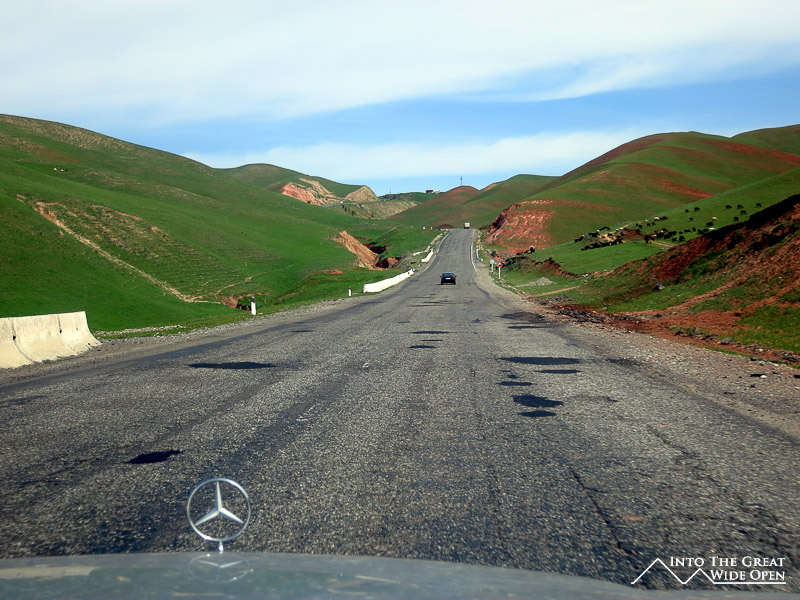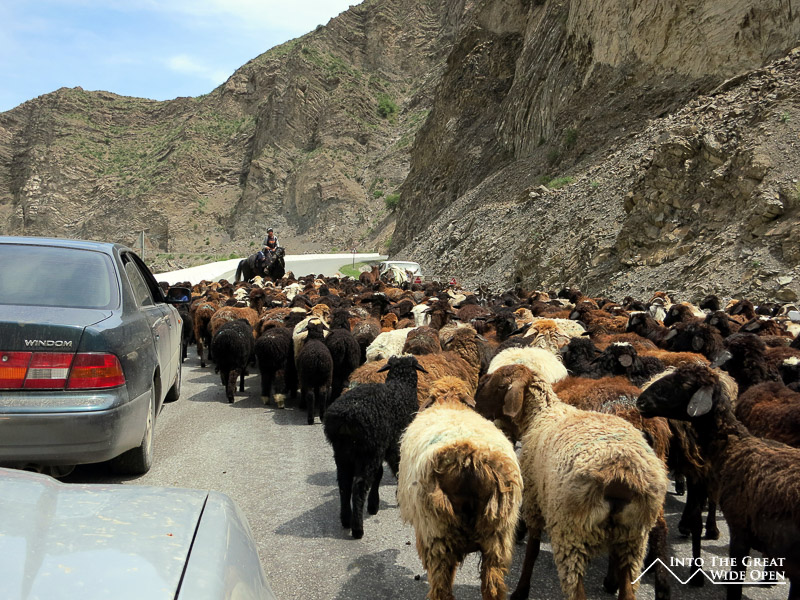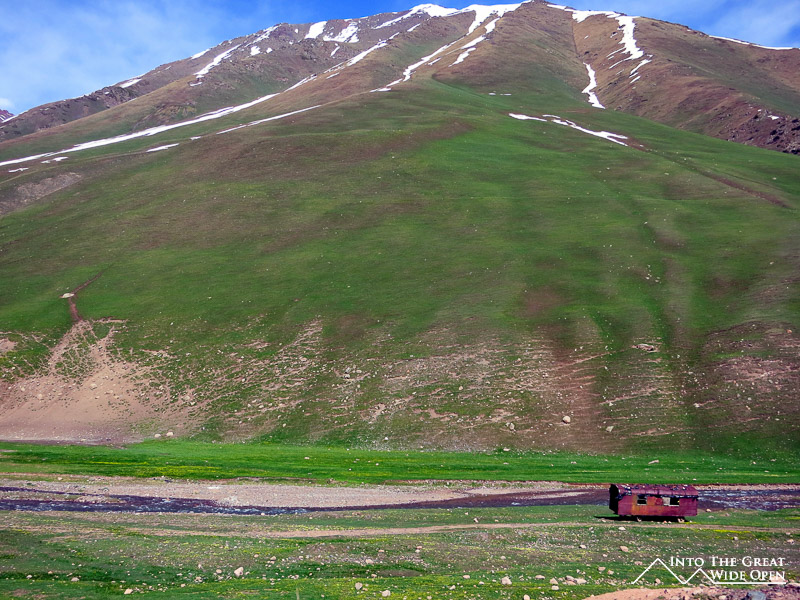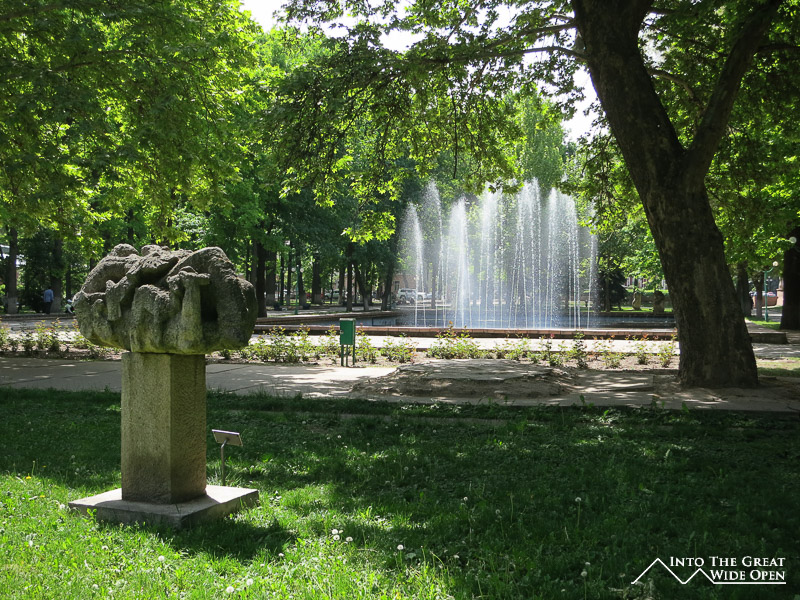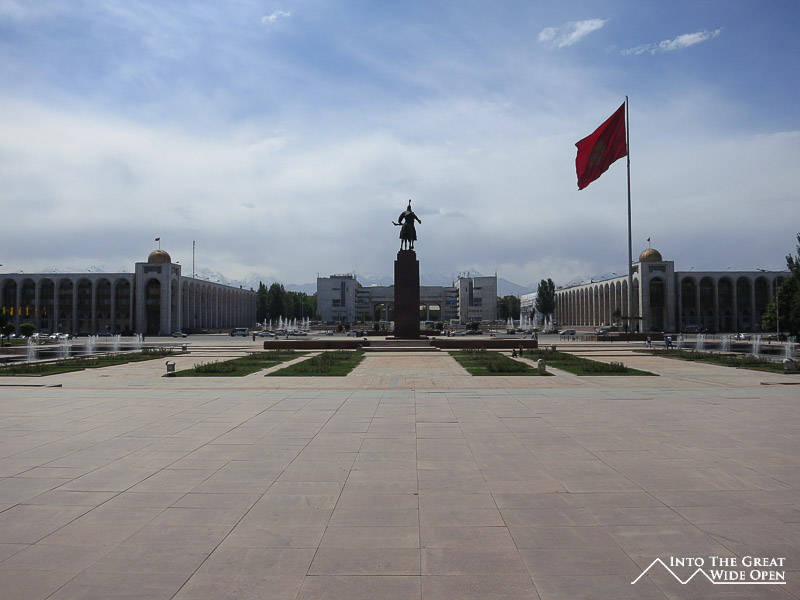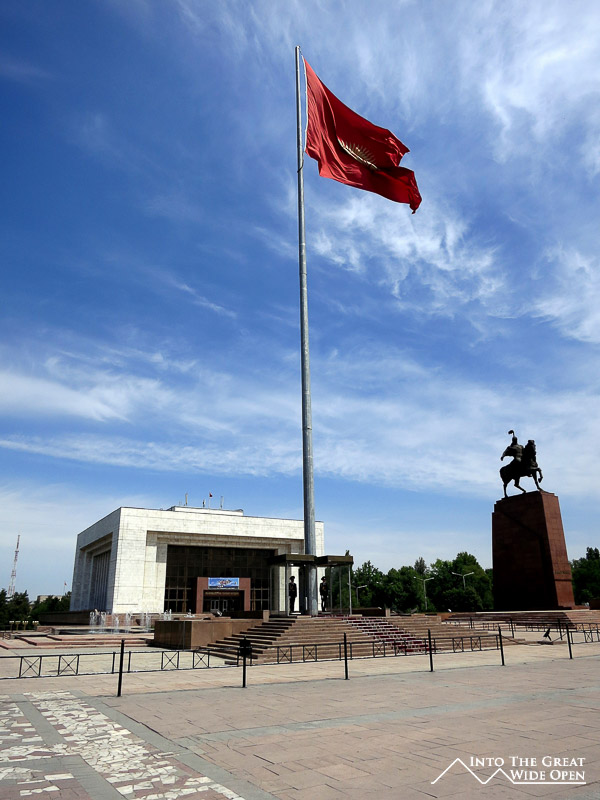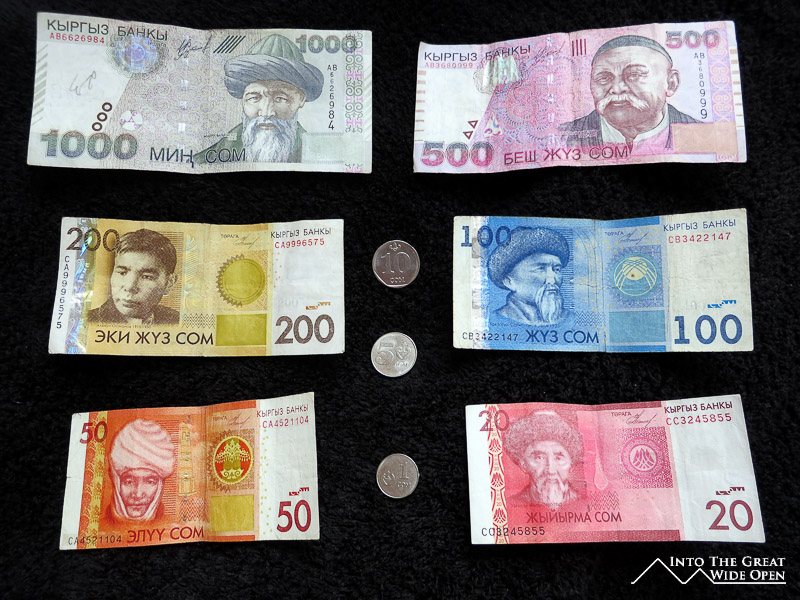Bishkek, Kyrgyzstan
The Heart of Kyrgyzstan
May 12, 2012
Man there's an opera out on the Turnpike
There's a ballet being fought out in the alley
- Bruce Springsteen

Bishkek is the heart of Kyrgyzstan. Besides being the capital and largest city it is also the transport hub for this small mountainous country. Traveling across China to reach this country gives you a different perspective on the nation. China has more than 1.3 billion people and there are over 160 cities with at least 1 million people, and that number is rapidly growing. Kyrgyzstan has just over 5 million people and Bishkek, the largest city, has less than 1 million people. What the nation lacks in people it makes up for with stunning natural beauty.
If you travel the roads of Kyrgyzstan for any length of time you are guaranteed to see two things, animals being herded across or along the roads and ancient Soviet Ladas broken down on the side of the road. You may even see these on the edges of the cities themselves. I say cities in relative terms because there are really only three or so cities in Kyrgyzstan.

The road from Osh, the second largest city, to Bishkek passes by the third largest city, Jalalabad. In between are miles of empty countryside where animals probably outnumber people. The road winds through green rolling pastures and eventually crests the top of a rise with views of Totogul Reservoir, created after the construction of a dam to harness hydroelectric power. The road wraps all the way around the reservoir before the ascent to the Ala-Bell pass, at this time of the year still covered in snow at 3175 meters elevation. On the other side of the pass a large valley opens up and the old Mercedes with a cracked windshield with 370,000 kilometers that I was riding in flew across the straight roads at 80 miles per hour. Ahead you could see a looming mountain and nowhere for the road to go but up. Looking at the slope of the mountain, sections of the road appeared in a confusing jumble, seemingly everywhere as the array of switchbacks inched slowly upward. Near the top a long tunnel bores through the mountain and another cascade of switchbacks brings you back down for the final stretch to Bishkek. This section is one of the more spectacular roads I have been on; from the top there are sweeping views of the valley floor and the steep curvy road.

In Bishkek the only reminders of the isolated beauty are the snowcapped mountain peaks visible to the south of the city through the hazy air. Despite that, Bishkek is a rather pleasant place, the main street has several large parks with fountains and statues and with plenty of traffic lights the pace isn’t too chaotic. Alla Too square in the center has an enormous Kyrgyz flag flowing in the breeze with soldiers standing guard at attention during the day. The museum in the square has an archaic collection of old Soviet and Kyrgyz artifacts with no signs in English. The dimly lit museum has artwork painted on the ceilings and bronze statues depicting historic events throughout. Fire safety doesn’t seem to be a priority as the original pre-Cold War fire extinguishers still hang by the exits. Further along the main street is the Kyrgyz White House, at least it is humble and within the scope of what you would expect for a small developing nation.
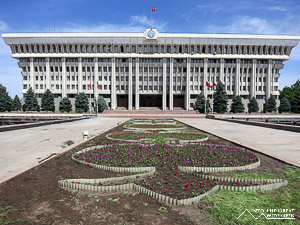
Besides strolling the streets there isn’t a lot to do in Bishkek but compared to Osh you can see and feel the difference in the population. On the streets of Osh it is very rare to hear Russian being spoken and the only Caucasian people are tourists, with few exceptions. In Bishkek, it is much more mixed; you will hear Russian just as often as Kyrgyz and will see a greater assortment of people. Most everywhere signs are in Russian or in both Russian and Kyrgyz. This gives an impression of the divisions that exist between the ethnic Russians, Kyrgyz, and Uzbek people that led to clashes in 2010. But for all my experiences so far, that seems to be in the past; or at least buried deep enough beneath the surface to be unnoticeable. And I hope it remains that way as this country is too beautiful to be ruined by civil conflict.
